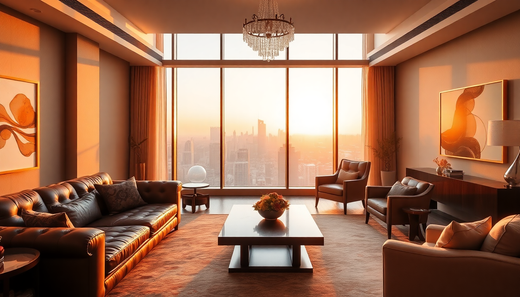
Invest in Quality: The True Cost of Cheap Furniture
Share
In today's fast-paced world, it's easy to be tempted by the allure of cheap, mass-produced furniture. After all, who doesn't love a good bargain? However, as the old saying goes, "you get what you pay for." When it comes to furnishing your home, the decision to opt for the cheapest option can often come with a hidden price tag that far outweighs the initial savings.
The Illusion of Affordability
At first glance, the low price tag of mass-produced furniture can seem like a steal. But as you delve deeper, it becomes clear that this apparent affordability is often an illusion. These pieces are typically made with inferior materials, such as particle board or low-quality wood, and are assembled using shortcuts that compromise their durability.
The Lifespan Conundrum
While the initial cost of these cheaper options may be enticing, the reality is that they often have a much shorter lifespan than their higher-quality counterparts. It's not uncommon for mass-produced furniture to start showing signs of wear and tear within a few years, leaving you with the need to replace it sooner than you'd like.
This constant cycle of replacement can quickly add up, negating any perceived savings and leaving you with a growing pile of discarded furniture. In the long run, investing in well-crafted, durable furniture can actually be the more cost-effective choice, as it will serve you for years to come.
The Environmental Impact
The environmental impact of cheap, mass-produced furniture is another factor to consider. These pieces are often made with materials that are not sustainably sourced or easily recyclable, contributing to the growing problem of waste and pollution.
The Longevity Advantage
In contrast, furniture made from premium materials like solid wood, such as mango, teak, or mahogany, can be a more environmentally-friendly option. These pieces are built to last, reducing the need for frequent replacements and minimizing the strain on our natural resources.
Moreover, many high-quality furniture manufacturers are now incorporating eco-friendly practices into their production processes, further reducing the environmental impact of their products.
The Value of Craftsmanship
When you invest in premium, handcrafted furniture, you're not just purchasing a physical item – you're also investing in the time, skill, and artistry of the craftspeople who created it. These pieces are often meticulously designed and constructed, with a level of attention to detail that simply cannot be replicated by mass-production methods.
The Heirloom Potential
Furniture made with care and precision has the potential to become a cherished heirloom, passed down through generations. This not only adds sentimental value to your home but also contributes to the long-term sustainability of your furnishings.
The Emotional Resonance
Ultimately, the decision to invest in quality furniture goes beyond just the practical considerations. The pieces we surround ourselves with have the power to shape our emotional well-being and the overall ambiance of our living spaces.
The Comfort Factor
High-quality furniture is often designed with comfort and ergonomics in mind, ensuring that you can truly relax and unwind in your home. This can have a profound impact on your overall quality of life, contributing to your sense of well-being and contentment.
Conclusion
While the allure of cheap, mass-produced furniture may be tempting, the true cost of these purchases often outweighs the initial savings. By investing in well-crafted, durable furniture, you're not only making a smart financial decision but also contributing to a more sustainable future and creating a living space that truly reflects your personal style and values.
So, the next time you're in the market for new furniture, take the time to explore the world of premium, handcrafted pieces. The investment may be higher, but the long-term benefits will far outweigh the short-term savings.
